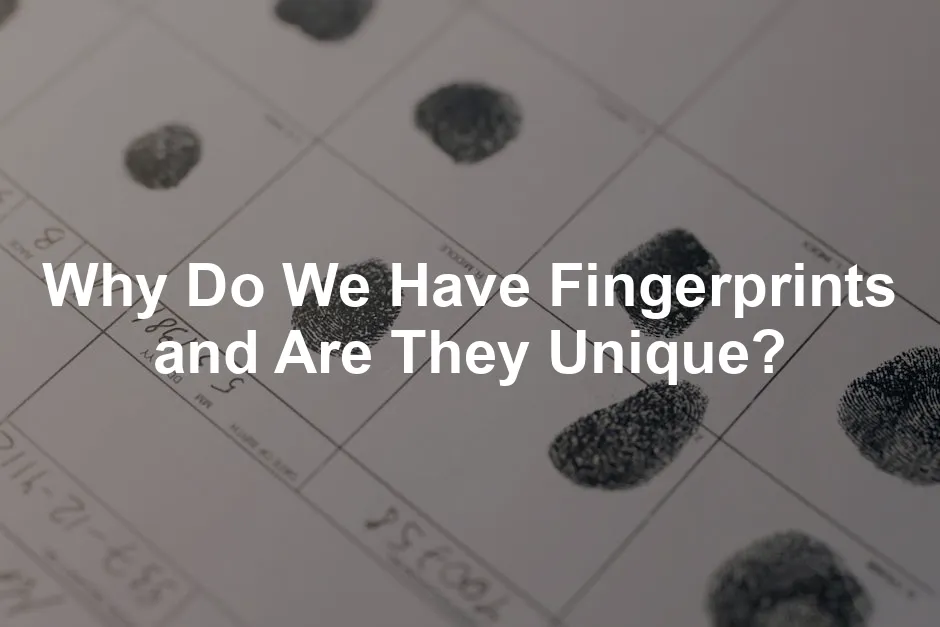
Why Do We Have Fingerprints and Are They Unique?
Introduction
Fingerprints are those quirky little patterns on our fingers that make each of us uniquely identifiable. Ever wondered why we have them? Well, it turns out that these intricate designs are not just for show; they play a significant role in human identification. In a world of technology and biometrics, fingerprints have stood the test of time as a reliable method for recognizing individuals.
The uniqueness of fingerprints has sparked curiosity and extensive research. Scientists have been scratching their heads, trying to unravel whether any two fingerprints can be identical. Spoiler alert: they haven’t found any. But why are they so unique? It’s a mix of biological, genetic, and environmental factors that contribute to the formation of these fascinating patterns. Let’s dive into the science behind our very own finger art!
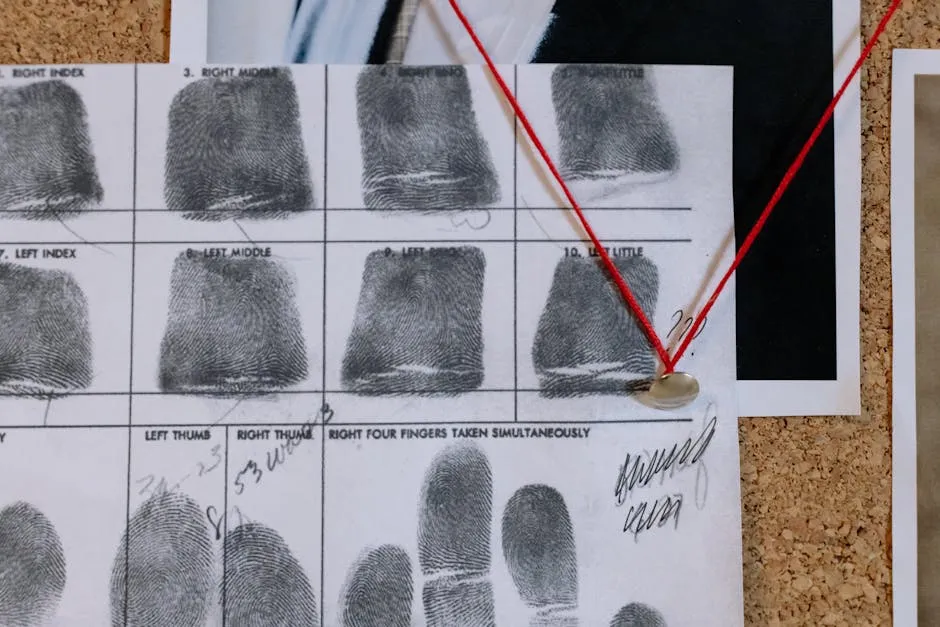
Understanding Fingerprints
What Are Fingerprints?
Fingerprints, scientifically known as dermatoglyphs, are the unique patterns formed by the skin ridges on the pads of our fingers. These ridges create a distinct texture that helps us grip objects better. When you look closely, you’ll see three primary types of fingerprint patterns:
- Whorls: Think of spirals or circles.
- Loops: These are the curvy lines that start and end on the same side.
- Arches: Patterns that rise in the middle and slope downwards on each side.
Every finger can boast a different pattern, and most people have a combination of two or three types. But don’t be fooled; your fingerprints are as unique as a snowflake. The same pattern can appear in different individuals, but the specific details that define minutiae—like ridge endings and bifurcations—ensure that no two fingerprints are exactly alike.
Now, how do these patterns form? Fingerprints develop during fetal growth, and the timeline is quite fascinating. Around the sixth to seventh week of pregnancy, volar pads—thick pads on palms and feet—begin to appear. By weeks nine to ten, the pads stop growing, while the fingers continue to develop. By week fifteen, the ridges begin to take shape, and they lock in during the twenty-fourth week, remaining unchanged throughout life.
The intricate dance of genetics and environmental factors during fetal development plays a crucial role. Factors such as the position of the fetus, pressure conditions in the womb, and even the density of amniotic fluid influence how those ridges form. So, as you can see, your unique fingerprints are a product of nature’s creative chaos. They tell a story of your individual journey right from the womb!
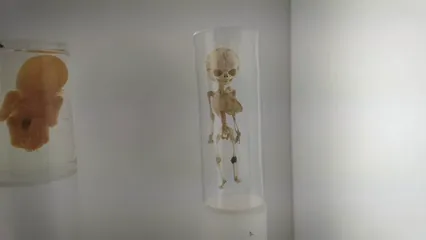
Speaking of unique journeys, if you want to dive deeper into the world of fingerprints, check out Fingerprint Analysis: A Comprehensive Guide. It’s like a treasure map leading you through the fascinating landscape of fingerprint science!
How Fingerprints Form
Genetic and Environmental Influences
Fingerprints are fascinating, aren’t they? These unique patterns are not just random squiggles; they are influenced by both your genes and the environment. Let’s start with the genetic side of things.
Research indicates that multiple genes play a role in fingerprint formation. These genes govern the development of skin layers, which can ultimately affect how your fingerprints look. For instance, specific genes like EDAR and WNT are crucial. They help in the cellular migration and differentiation that leads to the formation of those distinctive ridges. So, yes, your mom’s fingerprints might give you a head start, but they don’t guarantee a perfect match.
Now, let’s talk about the environment, particularly during fetal growth. As a baby develops in the womb, various external factors come into play. The position of the fetus, the pressure exerted by the amniotic sac, and even the density of that fluid can influence ridge patterns. Imagine your little fingers squished up against the walls of your cozy womb! This chaotic environment creates a unique fingerprint that no one else can replicate.
This brings us to the concept of multifactorial inheritance. In simple terms, it means that both genetic and environmental factors combine to create your unique fingerprint patterns. Identical twins, who share the same DNA, still end up with distinct prints due to their different experiences in utero. So, the next time someone asks why you have those fancy finger patterns, you can confidently say it’s a mix of your genes and the womb’s wild environment!
The Mechanism of Fingerprint Formation
Now, let’s get into the nitty-gritty of how these patterns actually form. Recent scientific discoveries have shed light on the intricate process behind fingerprint creation. It all starts with the interaction between the epidermis and dermis, the two main layers of skin. As these layers grow, they create the bumps and ridges we know as fingerprints.
Here’s where it gets interesting: the formation of fingerprints is influenced by a mathematical concept called the Turing pattern. Yes, you heard that right! This concept, proposed by mathematician Alan Turing, explains how patterns like stripes and spots emerge in nature. In our skin, it involves the interaction between two types of proteins: activators and inhibitors.
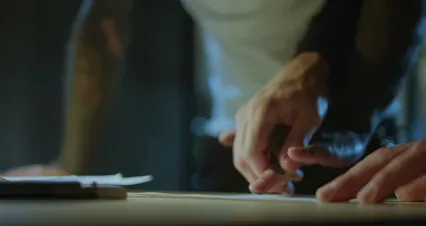
The WNT and EDAR proteins act as activators, generating ridges, while BMP proteins respond by slowing down this process, acting as inhibitors. This interaction creates a beautiful dance of cellular movements that leads to the unique patterns on your fingers. Picture a synchronized swimming team, but instead of water, they’re swimming in skin cells!
Interestingly, the initiation of these patterns occurs at specific points on the finger, like near the nail or the first knuckle. As the Turing pattern develops, the ridges spread outwards, solidifying into the unique designs that we all have.
So, what does this mean for you? It means your fingerprints are not just pretty designs; they are the result of intricate biological processes and mathematical principles. The next time you glance at your fingers, remember that each ridge tells a story of genetic influence and environmental impact. Your fingerprints are a unique masterpiece, created by a blend of science and a sprinkle of chaos!
Why Are Fingerprints Unique?
Fingerprints are a fascinating topic, especially when you consider their uniqueness. Statistically, the chance of two people sharing identical fingerprints is incredibly low, about 1 in 64 billion. That’s right, you’re more likely to win the lottery than find someone with the same prints as yours! This rarity is due to the intricate way fingerprints are formed, influenced by both genetic and environmental factors.
At the heart of fingerprint uniqueness are minutiae, the specific features of the ridges. These include tiny details like ridge endings and bifurcations—where one ridge splits into two. Think of minutiae as the fingerprints’ fingerprints! They help forensic experts determine identity, making fingerprints a reliable identification method. Even identical twins, who share the same DNA, have distinct fingerprints. Why? Because they grow in different environments. Factors such as the fetus’s position in the womb, blood flow, and even pressure can alter the ridge patterns, ensuring that no two fingerprints are alike.
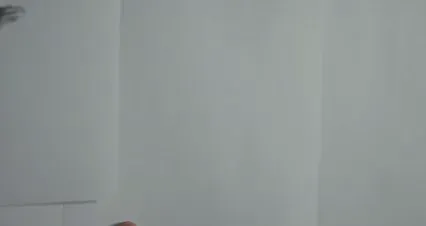
Understanding the uniqueness of fingerprints is crucial. For more insights, check out this article on why we have fingerprints and their uniqueness.
If you want to explore the intricacies of fingerprint science, consider picking up The Science of Fingerprints: An Illustrated Guide. It helps you visualize the fascinating world of dermatoglyphics!
Contemporary Research and Controversies
Recent studies have stirred the pot regarding the long-held belief in fingerprint uniqueness. One notable study employed AI to analyze a vast database of fingerprints. This research raised eyebrows by suggesting that fingerprints from different fingers of the same person can share notable similarities. The AI achieved a 77% accuracy rate in identifying whether prints belonged to the same individual, which is intriguing!
While some experts argue that traditional fingerprint analysis has served us well, this new technology could reshape forensic science. By highlighting correlations between different fingerprints, it might enhance criminal investigations. However, critics are cautious. They assert that while similarities exist, the uniqueness of fingerprints remains a vital aspect of identification.
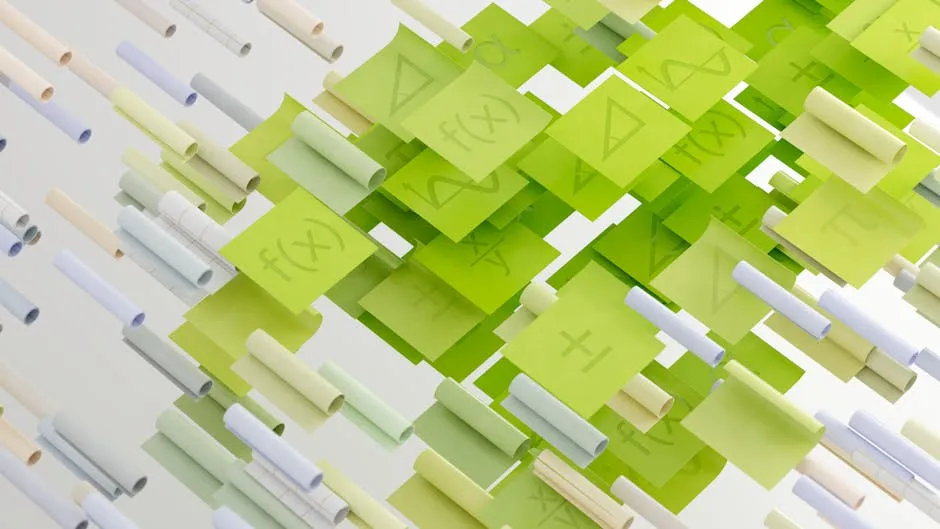
The scientific community is buzzing with differing opinions. Some believe this AI research could revolutionize how we view fingerprint identification, while others caution against abandoning established methods. As these discussions unfold, one thing is clear: the debate over the uniqueness of fingerprints is far from settled.
The Importance of Fingerprints
Fingerprints are not just a quirky feature of our anatomy; they serve essential purposes in identification, security, and even our daily lives. This unique skin pattern, scientifically known as dermatoglyphs, tells a story about who we are. Let’s uncover their importance, especially in forensics and modern security systems.
Applications in Forensics and Security
The journey of fingerprints in criminal investigations began centuries ago. In Ancient Babylon, around 2000 BCE, people imprinted their finger patterns on clay tablets as signatures. Fast forward to the 20th century, and we see significant progress. The first scientific analysis of fingerprints was published in 1684. However, it wasn’t until 1902 that fingerprints became a fundamental tool in criminal investigations.
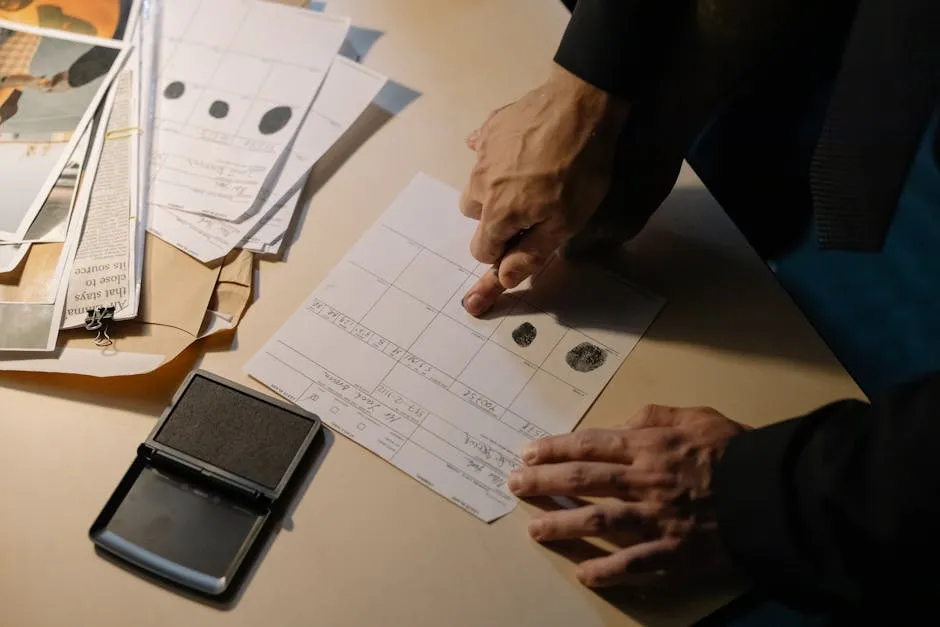
Today, fingerprints are pivotal in identifying suspects and victims alike. When a perpetrator leaves prints behind at a crime scene, forensic experts analyze them and compare them to existing databases. This process can lead investigators to a match faster than you can say “CSI.”
But that’s not all! In the modern age, fingerprints are essential in biometric security systems. Take smartphones, for instance. Your finger is your password, and it’s pretty darn convenient! Instead of remembering complex codes, a quick touch unlocks your device. Access control in secure buildings also uses fingerprints, limiting entry to authorized personnel. This method enhances security and reduces the risk of unauthorized access.

Moreover, fingerprint analysis plays a critical role in identifying victims, especially in disasters or mass casualty situations. When traditional identification methods fail, fingerprints can provide clarity in chaos. It’s a powerful tool that helps bring closure to families and justice to victims.
If you’re looking for innovative biometric solutions, check out the Biometric Fingerprint Lock. It’s a smart way to secure your home while keeping it stylish!
Fun Facts and Other Unique Prints
Now, let’s sprinkle some fun facts into the mix! Did you know that humans aren’t the only ones sporting unique prints? Koalas and chimpanzees also have fingerprints. In fact, koala prints are so similar to human ones that they can confuse forensic experts. Imagine a koala trying to commit a crime!
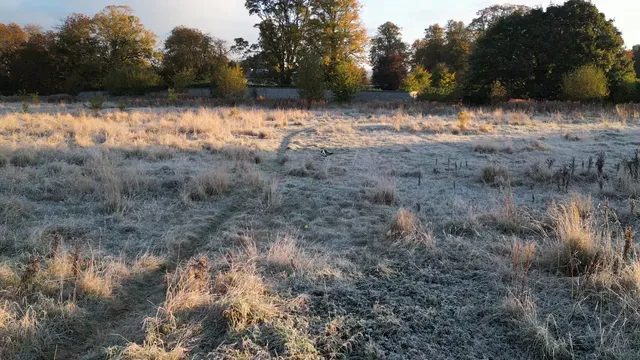
But wait, there’s more! Humans possess other unique patterns, too. Ever heard of tongue prints? Yes, they exist! Each person’s tongue has its own distinct markings, much like fingerprints. And don’t forget about nose prints—dogs and cats have their unique nose patterns that serve as identifiers. These quirky traits remind us that nature loves variety and uniqueness.
So, whether we’re talking about fingerprints, tongue prints, or even nose prints, one thing is clear: our bodies are exceptional. They provide us with identity, security, and a bit of fun in the process! Fingerprints may seem like an everyday feature, but they hold a wealth of significance in our lives and the world around us.
FAQs
Can fingerprints change over time?
Fingerprints are generally stable and remain unchanged throughout a person’s life. However, certain conditions can affect their appearance. For example, injuries or skin diseases may alter the ridges temporarily. Additionally, factors like aging can lead to slight changes in skin elasticity, making prints appear less defined. But rest assured, the fundamental pattern remains the same!
Are there any known cases of identical fingerprints?
Identical fingerprints are extremely rare and largely considered non-existent in scientific literature. While some people may share similar patterns, the unique minutiae—the tiny details like ridge endings and bifurcations—ensure that no two fingerprints are exactly alike. Even identical twins, despite sharing the same genetic makeup, have distinct fingerprints due to the environmental factors affecting their development in the womb.
What happens if someone loses their fingerprints?
A rare condition called adermatoglyphia leads to the absence of fingerprints. This genetic disorder affects only a handful of families worldwide. Without fingerprints, individuals may face challenges in identification processes, such as obtaining passports or other legal documents. However, they can still lead normal lives, albeit with some extra hurdles in bureaucracy.
How reliable are fingerprint analyses in forensic science?
Fingerprint analysis is widely regarded as a reliable method for identifying individuals. However, it is not foolproof. Accuracy can vary based on factors such as the quality of the print, the experience of the examiner, and the methods used for comparison. Recent technological advancements, including AI, are enhancing the accuracy of fingerprint analysis, but it’s crucial to remember that human error can still occur.
Can fingerprints be altered or destroyed?
While some individuals attempt to alter their fingerprints through methods like burning or cutting, these tactics often fail. The underlying skin structures responsible for fingerprint patterns typically regenerate. Even with significant damage, the original patterns usually return once the skin heals. Thus, while it may be possible to obscure fingerprints temporarily, completely altering them is highly unlikely.
To get your hands on some cool fingerprint-related items, consider a Fingerprint Dusting Powder. It’s perfect for those aspiring forensic scientists in the making!
Please let us know what you think about our content by leaving a comment down below!
Thank you for reading till here 🙂
All images from Pexels




